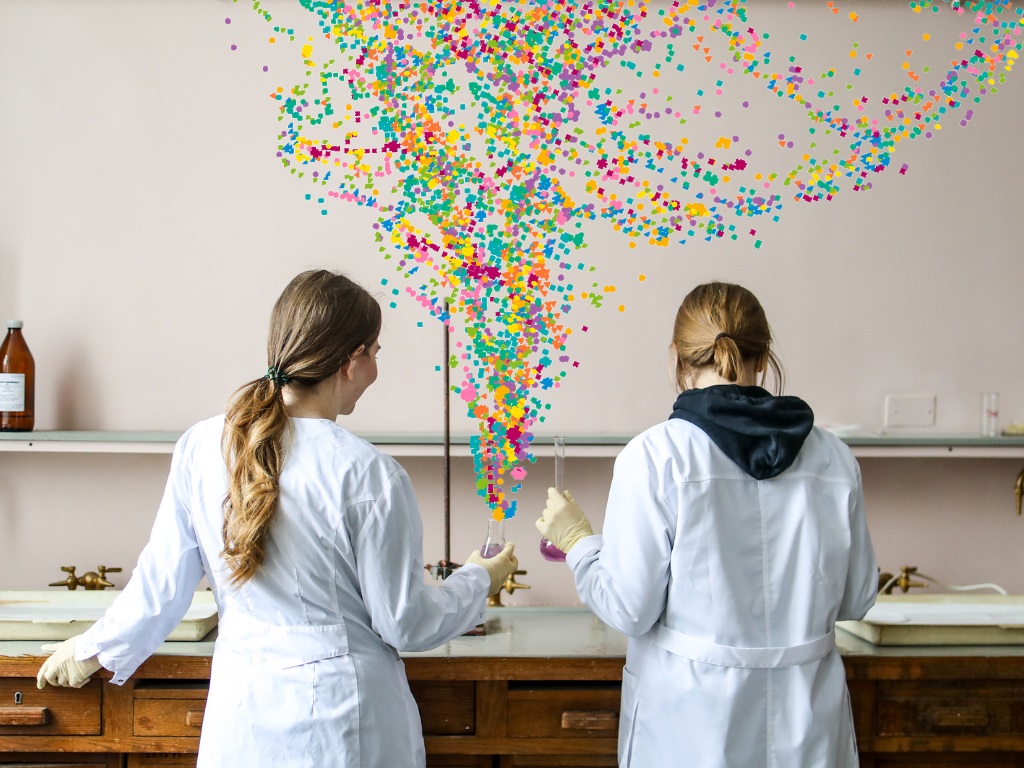By Stacey Wheeler, Senior Science Technician
What’s the first thing you remember about your science lessons? Ask this question and it will take a matter of seconds before someone mentions Bunsen burners. Playing with fire, burning things, heating things up…this fairly simple piece of equipment has brought joy to millions of science students since its initial development by Robert Bunsen in 1854.
Practical experiments play a key part in helping students to think like a scientist and inject a bit of awe and wonder into the curriculum. Bunsen burners seem to have a special place in a lot of hearts and minds, however I want us to turn our attention to other common pieces of lab equipment and make a case for them. I’ll be judging them on their purpose, their cost effectiveness and how they rate in terms of awe and wonder.*
Bunsen Burner
Let’s get this over and done with and start with the “magical” Bunsen burner. This singular piece of equipment gets so much attention. But not actually because of what it does, but more so because of the fire element. So let’s break it down for a moment. What exactly is it? It’s a metal piece of equipment with a small shaft and a tiny hole in the bottom of it controlling gas flow. That’s it.
However, it can be used in all 3 of the sciences from showing conduction or assisting in heating water for food testing and even helping us spot the differences in ions with flame tests. Perhaps because it is used so frequently, it is the piece of equipment that is looked forward to the most.
- Usefulness: 9/10
- Awe and wonder: 10/10
- Cost effectiveness: 8/10
Microscope
Up next on our awe and wonder tour, don’t get me wrong, I am a great lover of all things chemistry but can we just take a side step into the world of biology. The microscope. This piece of equipment literally allows us to see into another world. One that lives directly alongside us, under us and yes, creepily on us. Not in a parallel universe, I should add. Our universe. It is incredible to think that we can see something like a tardigrade, which before the microscope would have been unimaginable!
- Usefulness: 8/10
- Awe and wonder: 9/10
- Cost effectiveness: 7/10
Pipettes
Despite being one of the most compact pieces of equipment in any lab and one of the easiest to store, pipettes are one of the fiddliest pieces of equipment. And it doesn’t matter whether you are using bulb pipettes or pasture pipettes. And for something so small, they allow us to be the most precise we can be. Any error in use is ours – not the fault of the pipette. We, not they, are the difference between a practical working with the perfect amount of solution added, to over doing it and destroying our work. Using this tool is a fine art and one that greatly benefits the life of school students. So long as they can see beyond a pipette battle at the back of the classroom!
- Usefulness: 7/10
- Awe and wonder: 4/10
- Cost effectiveness: 10/10
Autoclaves
Autoclaves are rarely seen in the science classroom although that may be a mistake on our part as the adults in the room. This piece of equipment can destroy anything living in it with the press of a button, though this is not a solution to managing your rowdier classes! Reaching temperatures of over 121 degrees in around 20 minutes and sterilising everything in its path (AKA inside it). We use it to prepare agar plates and sterilise equipment in school. It’s one of those that is useful in the term that it is needed, but it is not really an all-rounder, especially for the price. It does do its job extremely well though…
- Usefulness: 6/10
- Awe and wonder: 6/10
- Cost effectiveness: 3/10
The Van de Graaff
Last but my no means least- the Van de Graaff.
Again, this is one that students love, maybe it’s the shock of using it…
By simply turning this on at the plug, you turn a belt, which then aides in accumulating an electrical charge onto a hollow metal globe on the top of an insulated column. Unfortunately though, something as simple as the weather on the day can affect your awe inspiring demo so it can sometimes be trial and error. I should have added a temperamental score as this one would win hands down!
To show the accumulation of electrical charge is a great demonstration in school, maybe even lighting a Bunsen (there they pop up again) direct from your finger! Sending a charge down a line of students is always a fun thing, risk assessment depending…Although in comparison, this method is a lot better than rubbing a rod at the front of the class!
- Usefulness: 7/10
- Awe and wonder: 8/10
- Cost effectiveness: 4/10
*All judgements are my own. Please comment with your own thoughts on overlooked pieces of lab equipment. Which ones have brought the most ‘wow’ to your classroom?
Author: Stacey Wheeler, Senior Science Technician
For the first time, curriculum, resources, assessments, next steps and CPD work seamlessly together. Click to find out more about Oxford Smart Activate and sign up to access the digital taster.
You may also be interested in:
- Using Oxford Smart Activate by Adele Read – Toot Hill School
- Developing metacognition through the science curriculum by Dr Andrew Chandler-Grevatt
- 5 tips for empowering Key Stage 3 science students to succeed by Dr Andrew Chandler-Grevatt
- Using research-based evidence to inspire our new curriculum by Amie Hewish
- A positive outlook for the new Oxford Smart Curriculum




